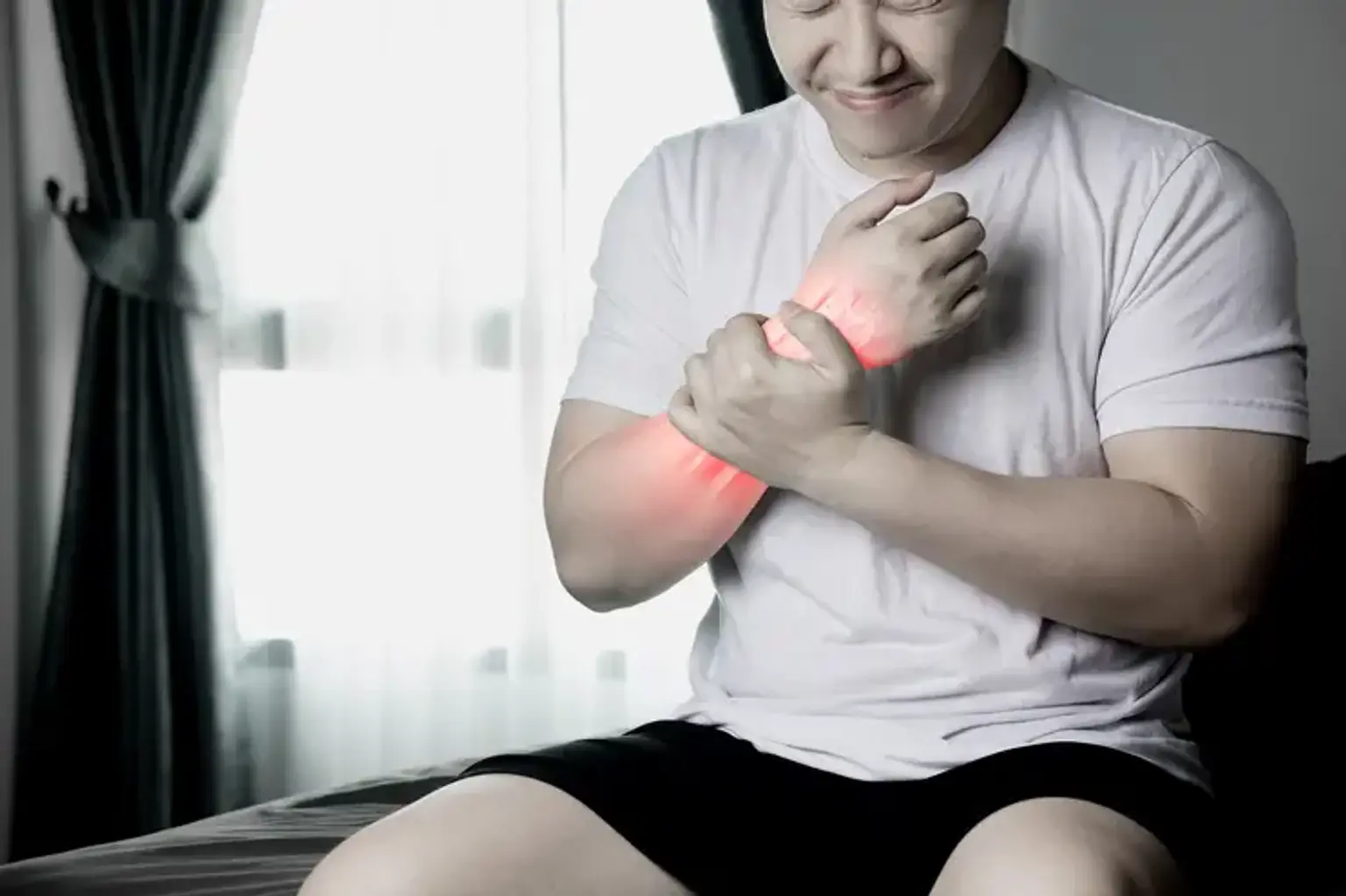Nerve injury
Overview
Your motor and sensory nerves regulate your movement and allow you to experience temperature, pressure, and pain. They are weak in comparison to your bones; they may be harmed by excessive pressure, being stretched too far, or being cut. In all of these cases, you will experience pain, numbness, or weakness, or a combination of these symptoms.
These nerves are part of your peripheral nervous system, which includes everything except your brain and spinal cord. Peripheral nerve injuries are rather common. Sports injuries, trauma such as a car accident or a fall, or overuse can all result in them.
